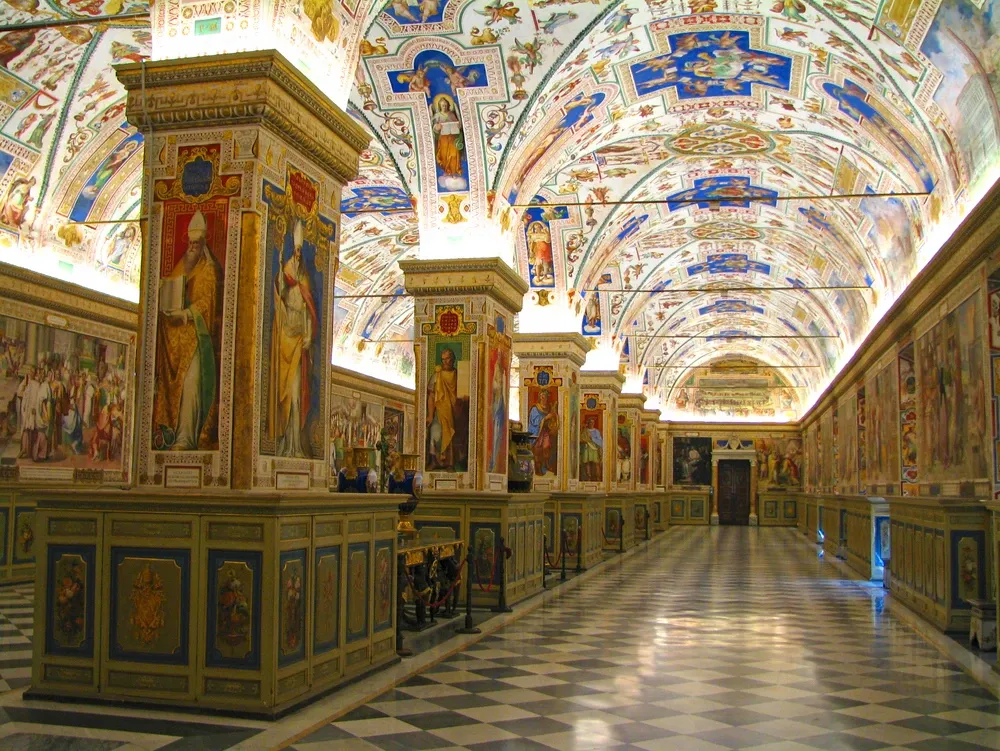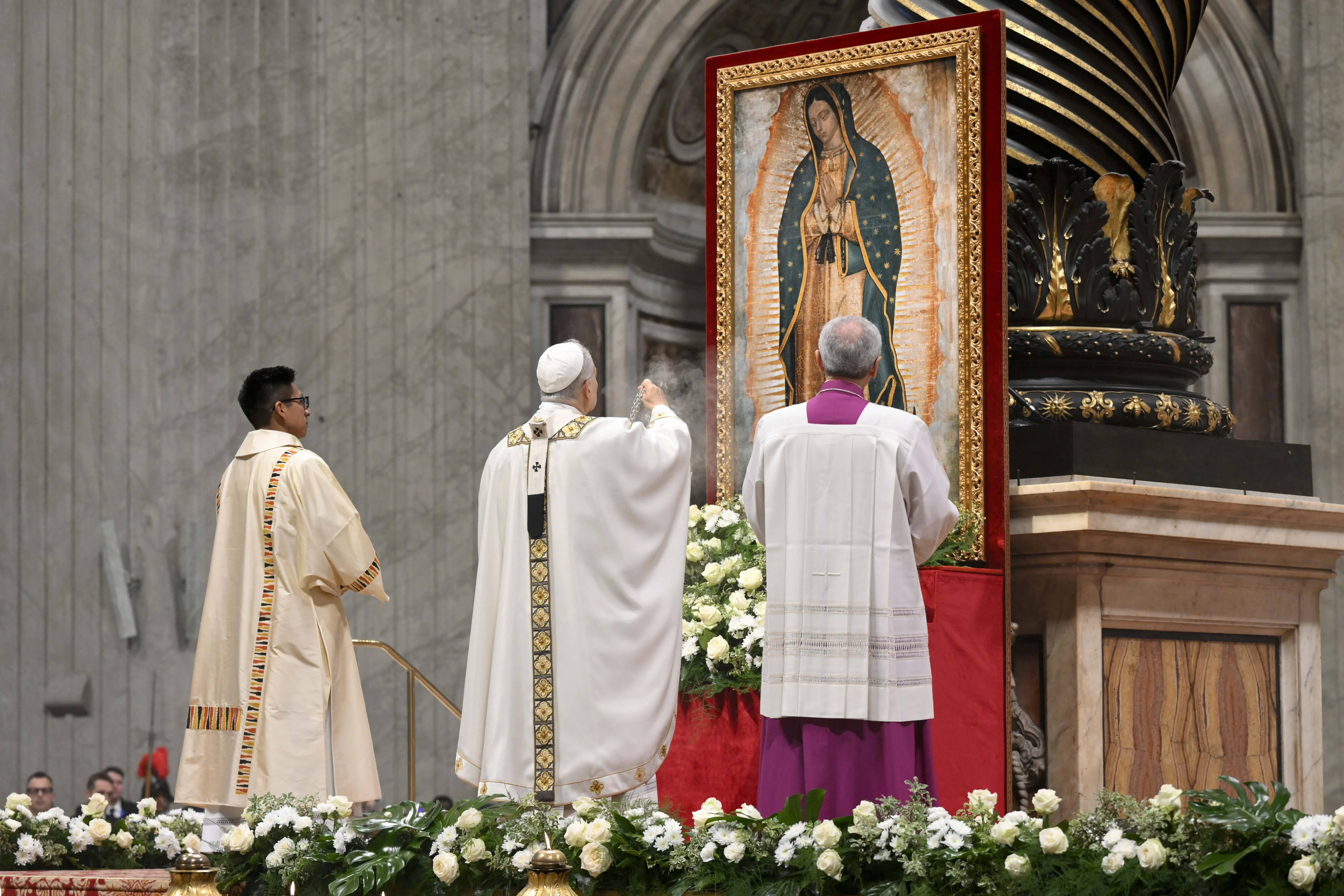Lodovica just signed a five-year agreement with the Vatican precisely to prevent this deterioration.
The agreement includes an ambitious digitization project “that will allow scholars remote access to important documents that are currently only available in person,” she explained. The director of this prestigious commercial art gallery, founded in 1760, noted that this will have “a profound impact on the average person’s ability to access knowledge.”
One of the main advantages of this project is that the Vatican Library will be able to use a special and unique scanner from the Factum company, a subsidiary of the Colnaghi group. “When you scan the surface, you can obtain more details, for example, determining the date of the [book or document] itself,” she explained.
Furthermore, this device also makes it possible to bring to light parts that are hidden from view. “There is a stratification relative to time within the paper itself. Beneath what we see is previous [writing, printing, or sketches]. There could be a secret message, or it could simply be the result of the need to reuse a piece of paper,” she noted.
In addition, the project also includes an architectural renovation of the library, to be carried out by the David Chipperfield firm, which was founded by the renowned London-based British architect 40 years ago.
The papal library, directed by the Italian Raffaella Vincenti since 2012, has enthusiastically embraced this collaborative effort. “We wish to express our profound gratitude to the Colnaghi Foundation for its generous support of several important library projects, which reinforce our commitment to the dissemination of culture,” said the institution’s prefect emeritus, Monsignor Cesare Pasini.
Previously unseen works by Caravaggio, Bernini, Tintoretto, and Titian
To celebrate this collaboration between the art world and ecclesiastical institutions, the Codex exhibition opened May 26. It brings together 14 works from private collections that are not normally on view. In fact, visits to this exhibition are limited to a special permit that must be requested from the Vatican through the library. On June 2, the works will return to private collections.
The works on display comprise a visual and historical tour through sacred art and portraits from the Renaissance and Baroque periods, highlighting pieces by some of history’s greatest masters.
The exhibition opens with “St. Peter the Penitent” by Flemish artist Anthony van Dyck, depicting the apostle in tears with a profoundly human expression of repentance, featuring Baroque “chiaroscuro” (strong light and dark contrasts).










